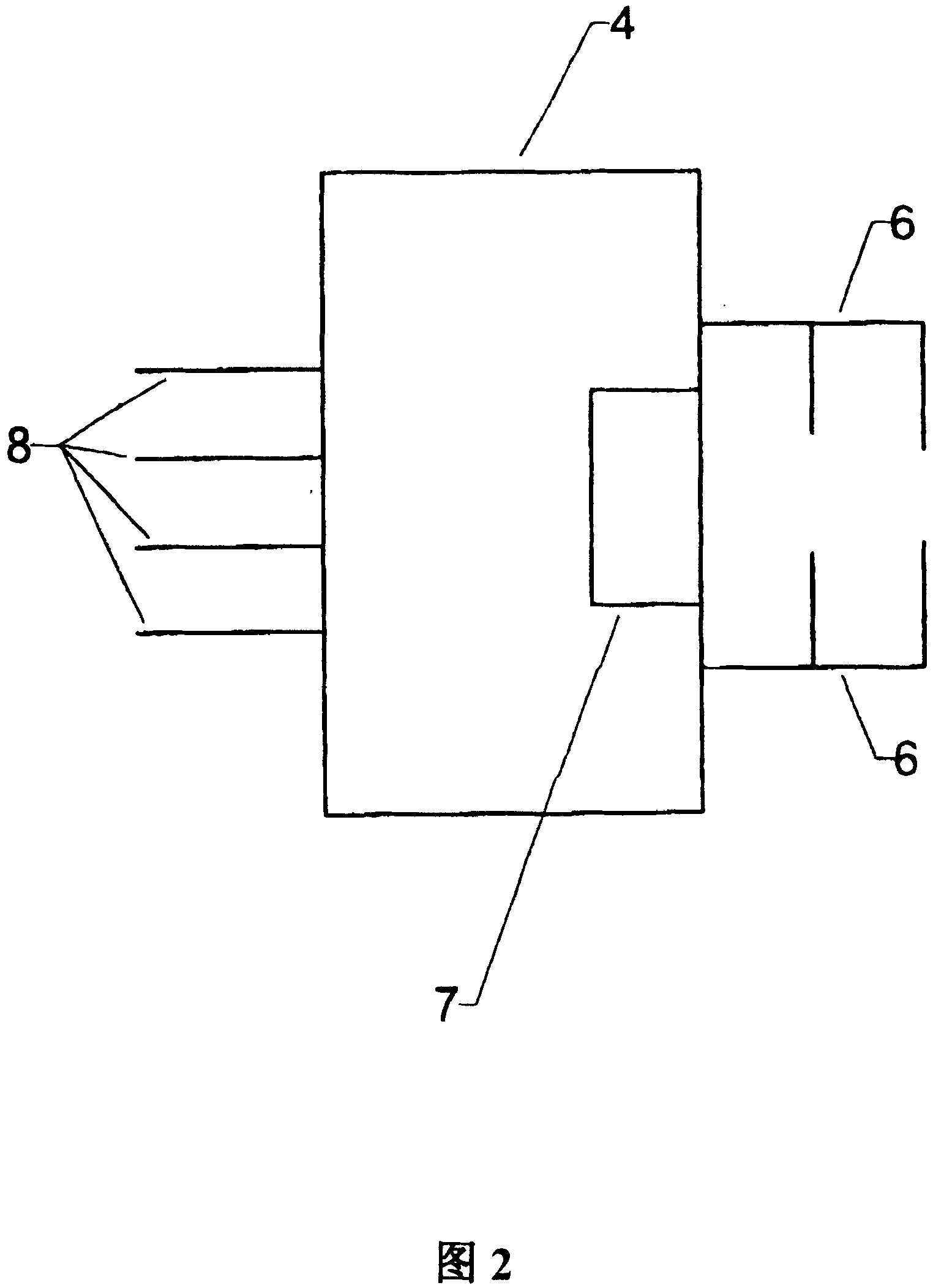Method for determining the absolute number density of particles in solution
A particle and number technology, applied in the field of determining the number density of particles in a solution, can solve problems such as time-consuming, low accuracy, and difficulty in determining the absolute number and distribution of particles
- Summary
- Abstract
- Description
- Claims
- Application Information
AI Technical Summary
Problems solved by technology
Method used
Image
Examples
Embodiment Construction
[0021] The present invention is readily understood with reference to a monodisperse aqueous suspension of uniform spherical particles. Despite their simplicity, such samples are among the most common and important examples where absolute particle number density needs to be determined. Examples of such samples include well known polystyrene emulsions, or PSL spheres, such as those manufactured by Duke Scientific Corporation of Palo Alto, CA and JSR Corporation of Tokyo, Japan. Such PSL samples are annotated with their average size and mass fraction. Generally, for particles with diameters below 1000 nm, the mass of PSL spheres per milliliter of solution is expressed in %, that is, 1% means 1 gram (gm) of PSL spheres per milliliter (ml) of solution. Therefore, calculation of the actual number density present per milliliter of solution requires prior knowledge of the mean particle size, the PSL mass density, ie, about 1.05, and the percentage of PSL that represents the grams of ...
PUM
| Property | Measurement | Unit |
|---|---|---|
| refractive index | aaaaa | aaaaa |
Abstract
Description
Claims
Application Information
 Login to View More
Login to View More - R&D
- Intellectual Property
- Life Sciences
- Materials
- Tech Scout
- Unparalleled Data Quality
- Higher Quality Content
- 60% Fewer Hallucinations
Browse by: Latest US Patents, China's latest patents, Technical Efficacy Thesaurus, Application Domain, Technology Topic, Popular Technical Reports.
© 2025 PatSnap. All rights reserved.Legal|Privacy policy|Modern Slavery Act Transparency Statement|Sitemap|About US| Contact US: help@patsnap.com



